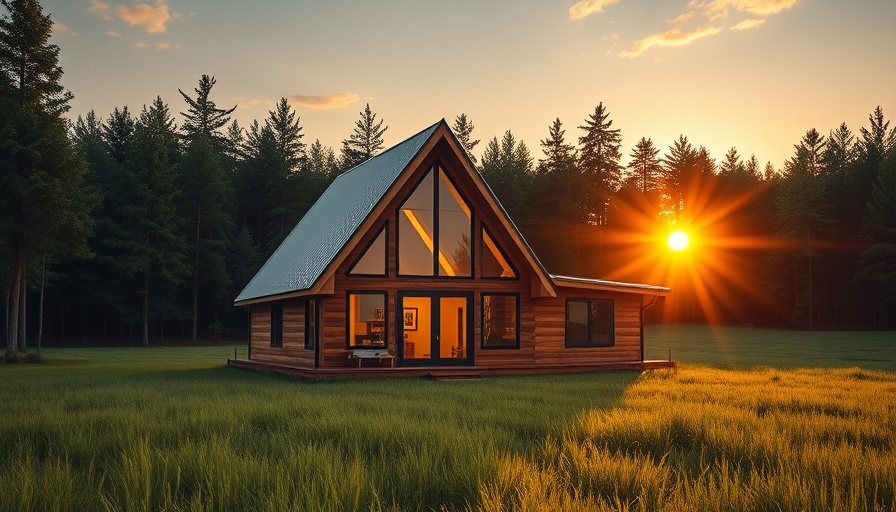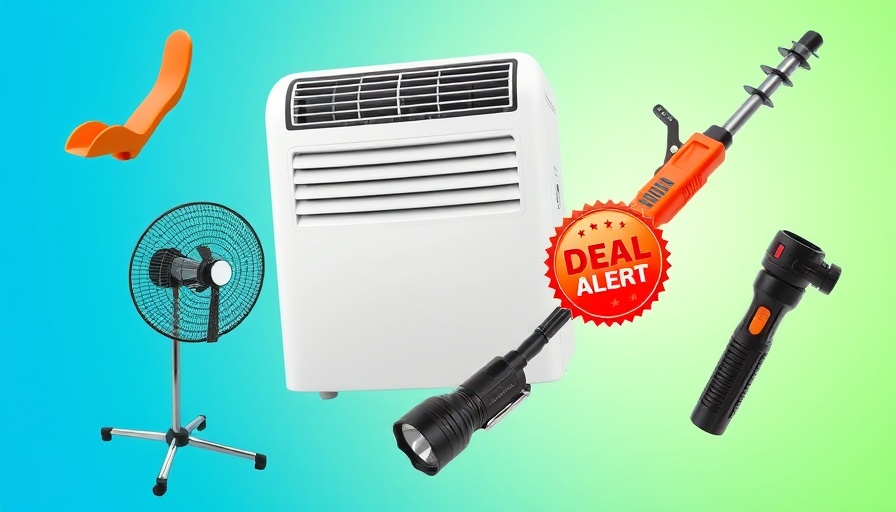
The Rise of Kit Homes: A DIY Revolution
In today’s fast-paced world, where housing prices soar and traditional construction methods often lead to delays and budget overruns, the appeal of kit homes is evident. These structures, sold as ready-to-assemble packages, are revolutionizing the way individuals approach homeownership. A kit home comes complete with pre-cut materials and comprehensive instructions, allowing for quicker assembly and reduced labor costs, making homeownership more accessible for many.
Why Choose a Kit Home?
Choosing to build a kit home allows homeowners to have significant control over their living space. From initial design to final assembly, the flexibility of customizing features to match personal preferences is a key selling point. Many kits come with various designs, catering to diverse tastes—from contemporary to rustic. Beyond aesthetics, opting for a kit home can be more eco-friendly, often made with sustainable materials and designed to optimize energy efficiency.
Cost-Effective Solutions for Modern Families
Cost is a primary concern for many prospective homeowners. Research shows that kit homes can be up to 20% less expensive than traditional homes. The savings stem from reduced labor costs, as many homeowners decide to take on assembly themselves. Moreover, homeowners can save on permits and inspections by using local contractors who are familiar with kit home projects.
Accessibility and Ease of Assembly
Homeowners looking to take on a DIY project appreciate that many kit homes can be assembled in as little as a weekend with the help of family or friends. This accessibility appeals to a growing demographic of first-time buyers and those looking for a secondary residence or vacation home. The trend encourages more people to learn valuable skills while bonding with loved ones over a meaningful project.
Potential Challenges: What to Consider
While kit homes offer numerous advantages, there are potential challenges to be mindful of. Compliance with local zoning laws and building codes is critical. Some municipalities might impose restrictions on the types of materials or designs allowed, which can affect the completeness of a kit. Additionally, weather conditions can impact construction timelines, especially for those in regions prone to harsh climates.
Popular Kit Home Options to Consider
Ready to explore the many options of kit homes available today? Here’s a brief overview of a few popular selections:
- Tiny Homes: Ideal for minimalist lifestyles, tiny homes are compact and efficient, providing a sustainable living solution.
- Modern Modulars: Combining sleek designs with energy efficiency, these homes often include sustainable technology.
- Cottage Kits: Perfect for those seeking a cozy retreat, cottage kits evoke charm while being functional and affordable.
Future Insights: What Lies Ahead for Kit Homes
As technology advances and the housing market continues to evolve, the future of kit homes seems promising. Innovations such as prefabrication and 3D printing may lead to even greater efficiency and sustainability in homebuilding. Homeowners could see smart technology integrated into kit designs, offering increased functionality and energy savings. Moreover, we might witness a rise in community developments that focus on eco-conscious principles, with kit homes as integral components.
Your Next Steps: Embrace the Homebuilding Adventure
Building a kit home can be both an exciting and rewarding venture. If you’re considering this route, research various manufacturers, read reviews from other homeowners, and possibly attend workshops to gain insights into the DIY process. Ultimately, embarking on the kit home journey can lead to not just ownership of a personal sanctuary, but also personal growth through skills developed during the construction phase.
A kit home presents a unique opportunity to customize your living experience while creating a space that truly reflects who you are. Explore the possibilities today!
 Add Row
Add Row  Add
Add 




Write A Comment